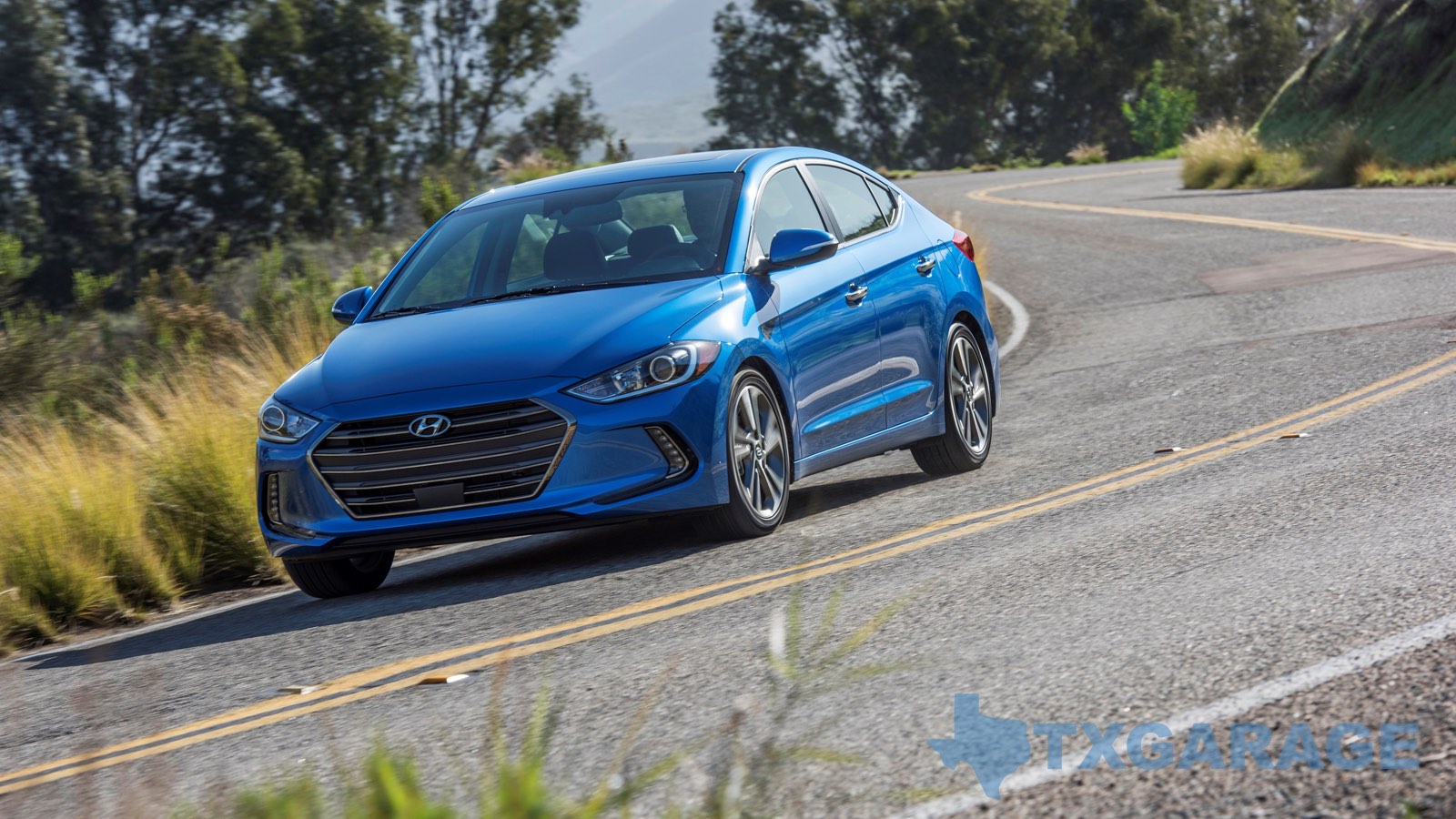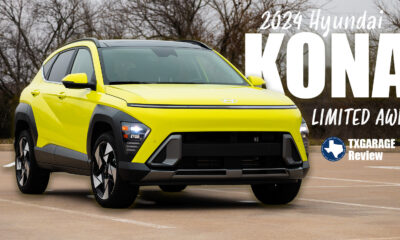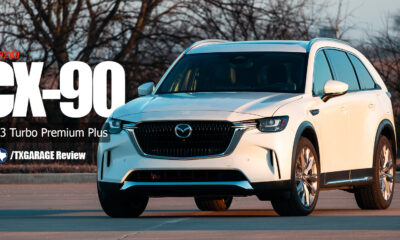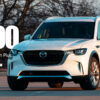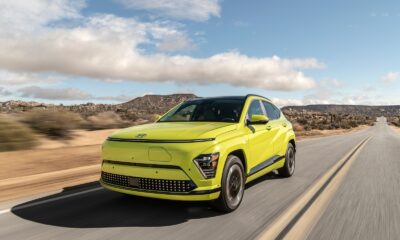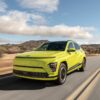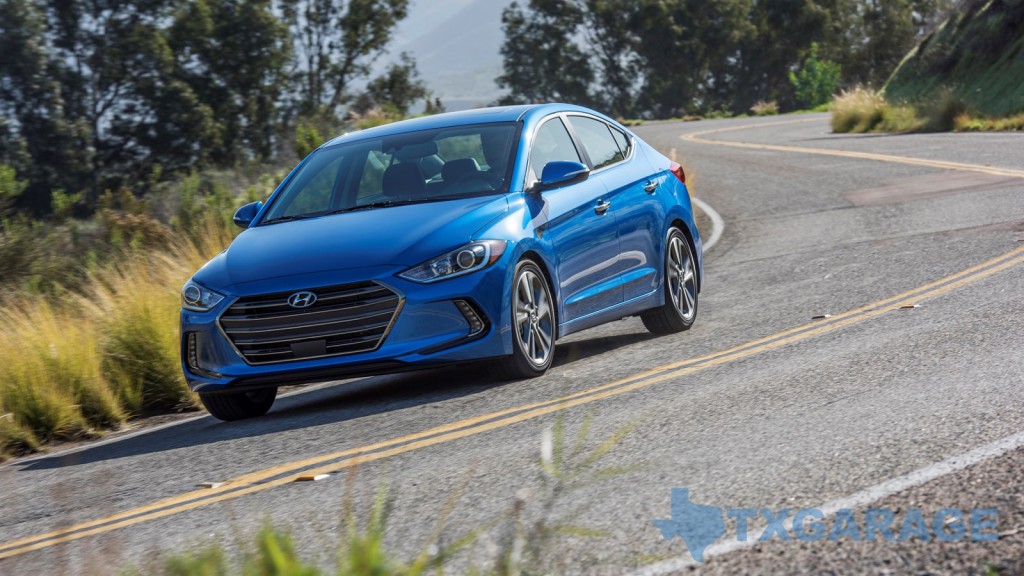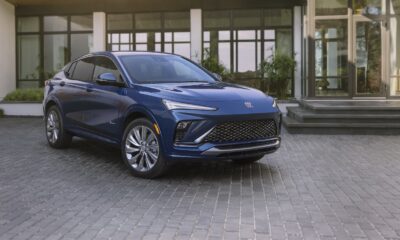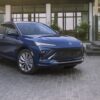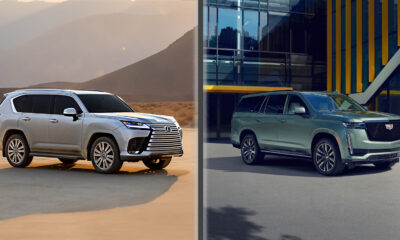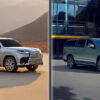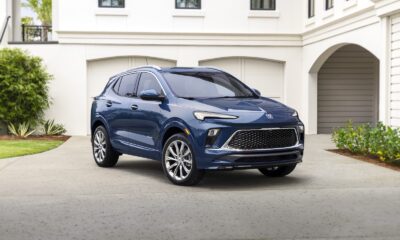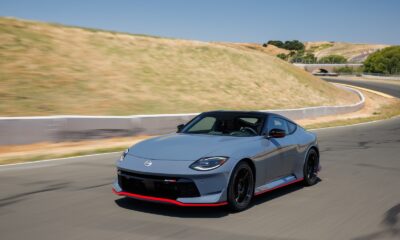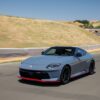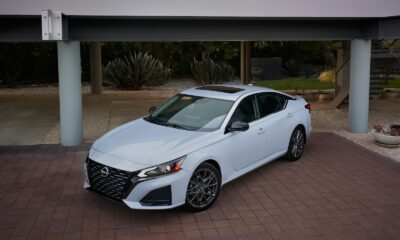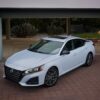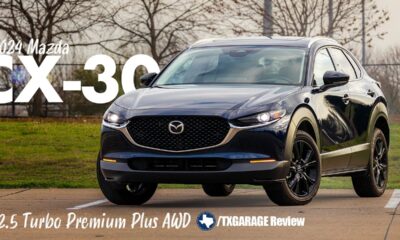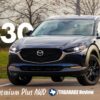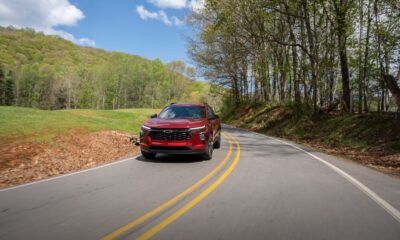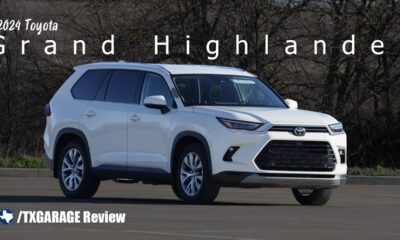Car Reviews
2017 Hyundai Elantra: A Korean Take On Classic Japanese
The 2017 Hyundai Elantra sedan is all- new for this model year, and it’s slowing becoming one of the best cars in its compact segment. This car looks and feels like a luxury vehicle. And with just one look inside you’d have to agree the interior feels expensive, too; inexpensive the new Elantra may be, but it sure doesn’t feel that way.
Surprisingly, the 2017 Elantra is in its sixth generation. It seems to have lived a stealth existence as a very affordable but excruciatingly bland car that appealed to buyers looking for the least expensive ride from point A to B. It didn’t help that this Korean car (and carmaker) had a terrible reputation for reliability. But just as Japanese manufacturers won over a skeptical American public by selling super-reliable vehicles, Hyundai is rapidly doing the same. Expect nothing less than up-to-date styling design, credible engineering and quality assembly in the latest Elantra.
This newest Elantra is both wider and longer than the previous model, and it boasts class-above total interior volume. So much room, in fact, that the 2017 model is classified by the EPA as a midsize car. The driver-oriented interior is very quiet due to integration of sound absorbing materials in key areas throughout the car. Also of note: every Elantra seat, covered in either cloth or available leather, is made of SoyFoam, an environmentally friendly seating foam made from soy bean oil.
Two all-new powertrains, both designed to enhance fuel economy and everyday driving performance, appear in the new 2017 Elantra. With an MSRP of $17,150, the standard engine is a 147 hp, 2.0 liter Nu MPI Atkinson four-cylinder engine that gets an EPA estimated fuel economy rating of 29 mpg in the city and 38 mpg on the highway.
The really intriguing powertrain is the 128 hp, 1.4 liter Kappa turbocharged GDI four-cylinder engine that’s only available with the Eco trim and mated to an EcoShift seven-speed dual-clutch transmission. Although the fuel economy ratings of 32 mpg city and 40 mpg highway are impressive, the dual-clutch transmission may confound and disappoint American drivers. This transmission is common in Europe but still new to the US, and several auto manufacturers have introduced it here and drivers have found it wanting. You’ll have to be the judge in regards to the Eco.
If you’re looking to downsize from a larger sedan – or upsize from an earlier Elantra – take a look at Hyundai’s newest. You may discover a compact car that’s larger than it appears. And, as noted in the headline, a Korean take on classic Japanese.



